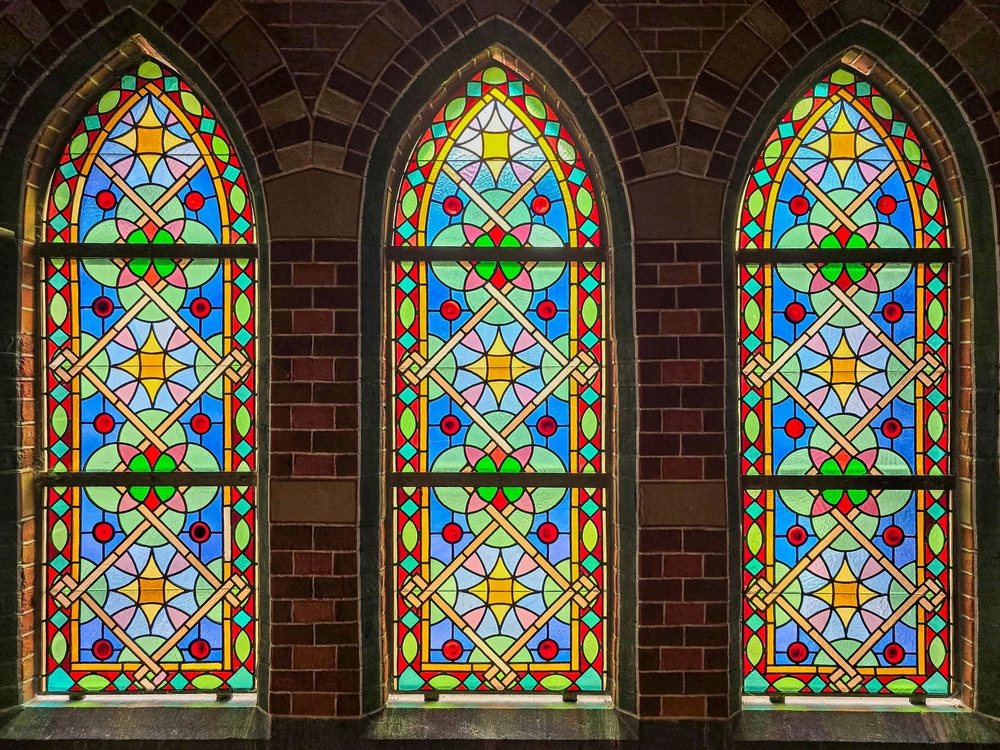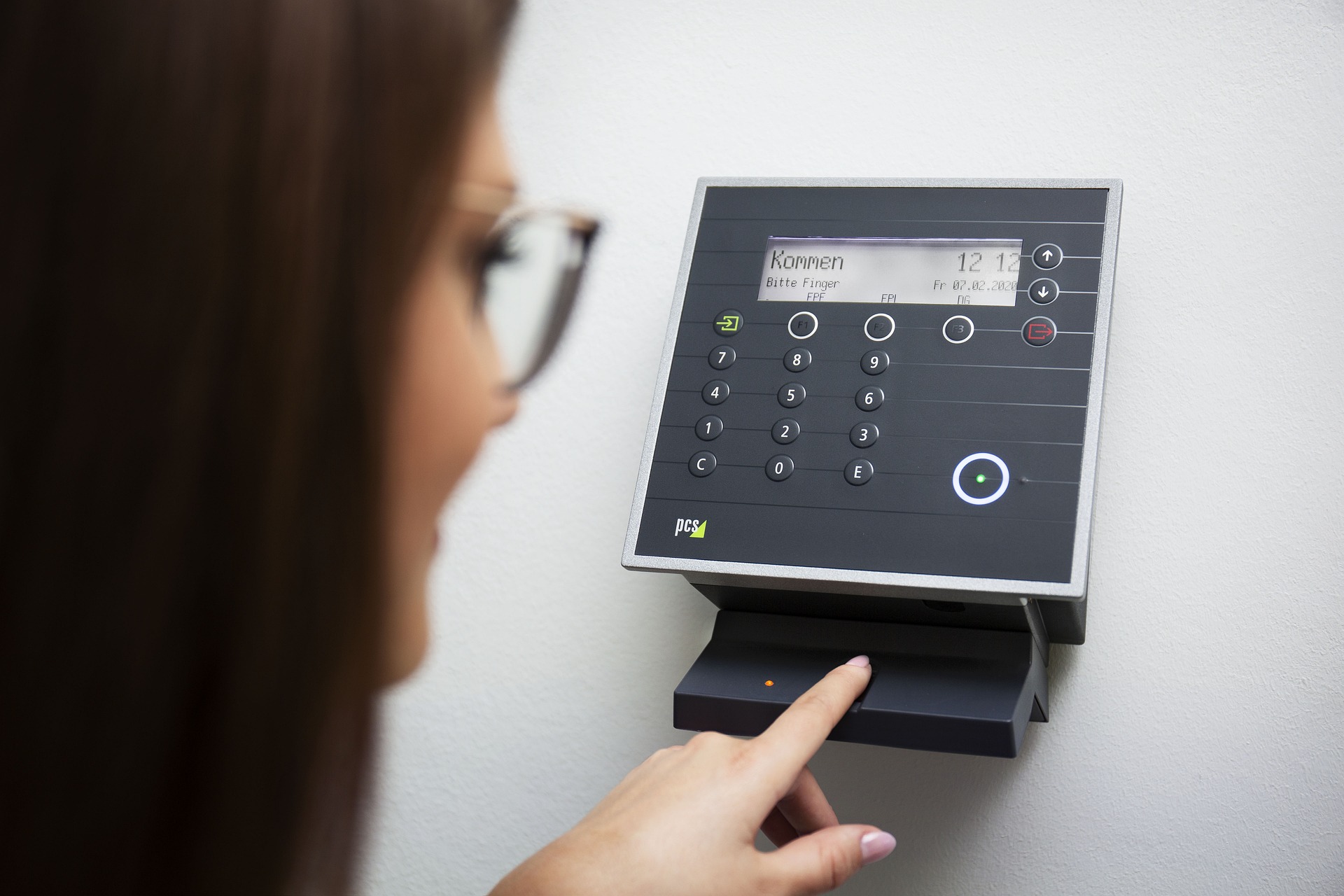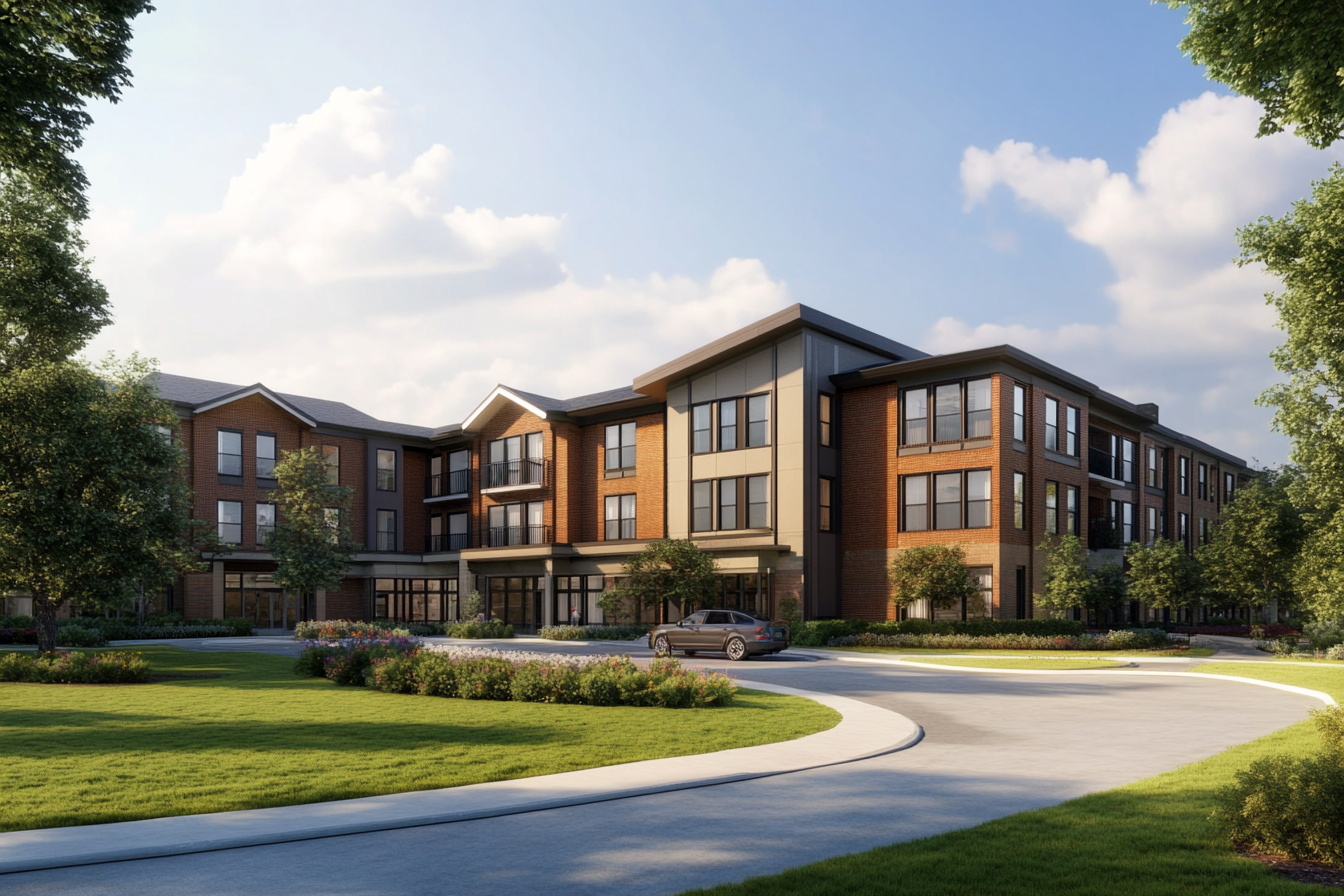Modernizing the Stained Glass Window: A Fusion of Tradition and Innovation
Stained glass windows, an enduring symbol of medieval cathedrals, are making a stylish comeback in modern homes. An art form that dates back to ancient times, these colorful windows are currently finding their place in contemporary architecture, infusing spaces with a unique blend of history, color, and light.

A Historical Glimpse at Stained Glass Windows
Stained glass artistry dates back as far as the ancient Egyptian and Roman civilizations. However, it was during the Middle Ages that this craft truly blossomed, primarily serving religious purposes in towering Gothic cathedrals. It was then that this art form was used to depict biblical tales and religious figures, as a way to educate the largely illiterate population.
Stained Glass Windows in Modern Homes
Fast forward to the 21st century, and stained glass windows have evolved beyond their religious significance. These days, they are more about adding a touch of elegance, color, and personality to modern homes. They are no longer confined to the grandeur of cathedrals or the charm of Victorian houses. Today’s homeowners, architects, and interior designers are reimagining stained glass windows in contemporary settings, using them as a creative way to filter natural light and add an artistic touch to a space.
Practicality and Market Trends
The resurgence of stained glass windows in modern homes is not just about aesthetics. These decorative elements serve practical purposes too. They can be utilized to ensure privacy without sacrificing natural light. They can also serve as a focal point in a room, eliminating the need for additional wall art. According to a report by Grand View Research, the global stained glass market size was valued at USD 2.08 billion in 2019 and is expected to grow at a compound annual growth rate (CAGR) of 3.7% from 2020 to 2027.
Stained Glass Windows: Enhancing Daily Living
Incorporating stained glass windows in home design can significantly enhance daily living. Apart from their obvious aesthetic appeal, these windows can positively impact mental health. The interplay of colored light and shadows can create a calming atmosphere, similar to the effect of chromotherapy or color therapy. Additionally, stained glass windows can serve as energy-efficient solutions, as they control the amount of light and heat entering a room, helping to reduce energy costs.
Final Words
Stained glass windows are an example of an art form that has stood the test of time, adapting to modern needs while still retaining its historical charm. As they make a stylish comeback in contemporary homes, they serve as a reminder that some design elements are truly timeless. By blending tradition with innovation, and functionality with beauty, stained glass windows are redefining the boundaries of home decor.
In the end, home and garden design is not just about following trends—it’s about creating a space that reflects your personality, caters to your lifestyle, and makes you feel truly at home. So, whether you are renovating your home or building a new one, consider adding a touch of history and color with stained glass windows.





